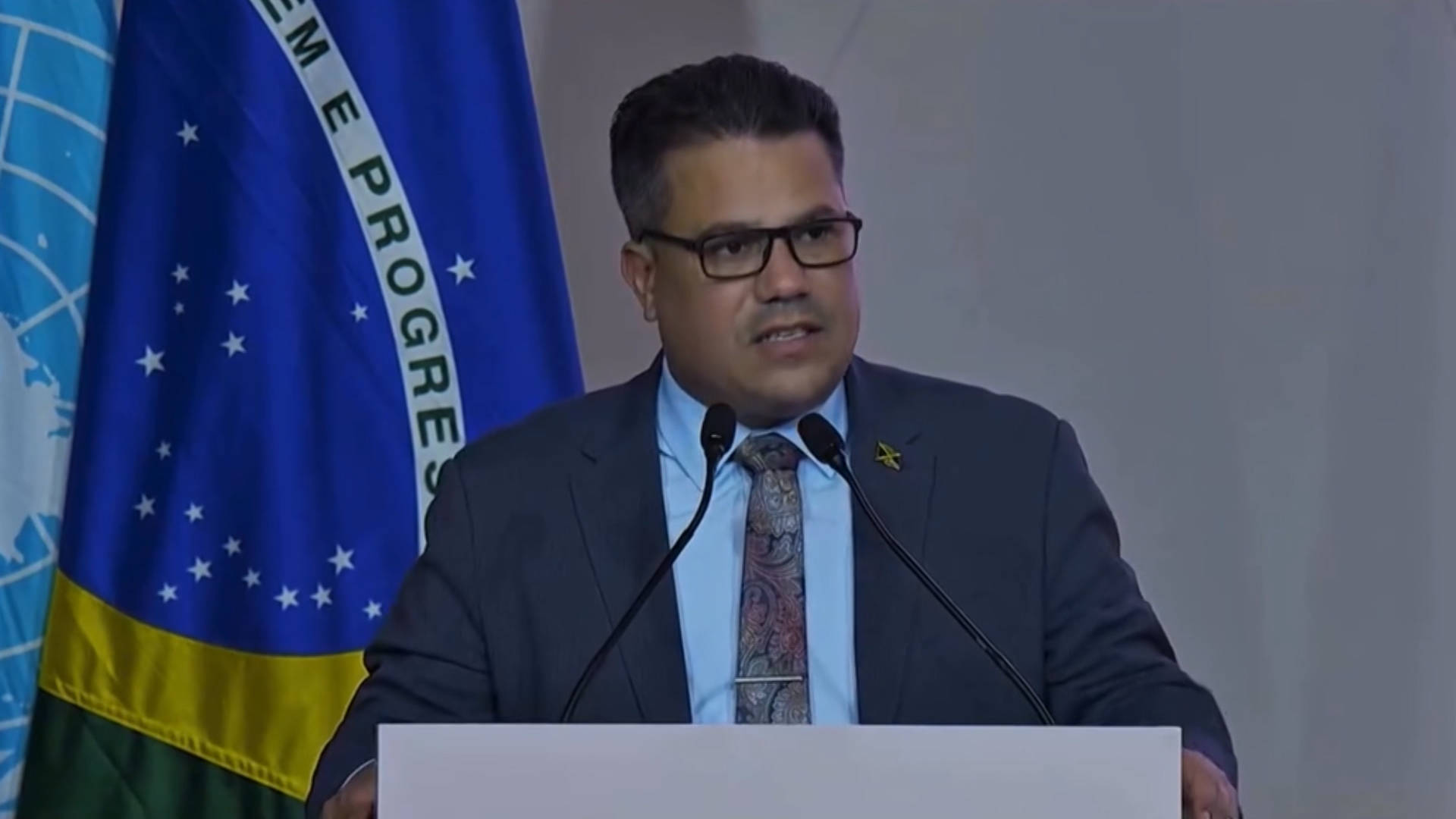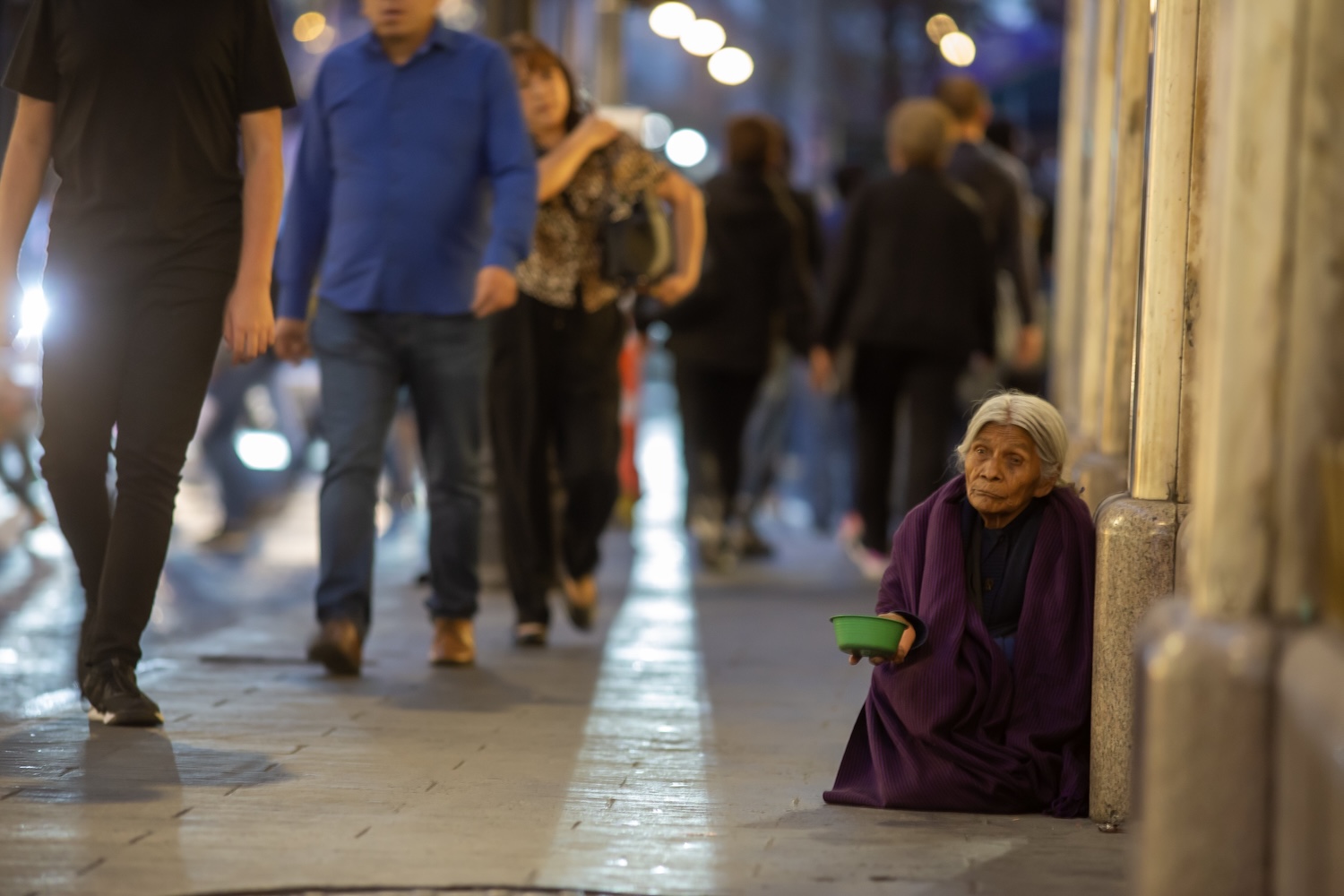League of Women Voters Louisville hosts conversation around youth violence prevention – WAVE News

Report on Youth Violence and Sustainable Development Goal Initiatives in Louisville
Executive Summary
A recent public forum in Louisville, Kentucky, addressed a concerning trend: while overall violent crime has decreased by 25% year-over-year, violent crime involving youth has reached a multi-year high. This report analyzes the community’s response, the identified root causes, and the strategic interventions being implemented, with a significant focus on their alignment with the United Nations Sustainable Development Goals (SDGs).
Multi-Stakeholder Collaboration for Sustainable Development
In response to the data, the Louisville chapter of the League of Women Voters convened a “Democracy in Action” public forum. This initiative exemplifies SDG 17 (Partnerships for the Goals) by bringing together diverse stakeholders to address a critical community issue. Key participants included:
- A Metro Council Member
- The Director of the Group Violence Intervention Office
- The Juvenile Division Chief of the Jefferson County Attorney’s Office
- The Executive Administrator of Climate and Culture for Jefferson County Public Schools (JCPS)
Analysis of Root Causes and Links to Global Goals
The forum highlighted that addressing youth violence requires a holistic approach that acknowledges its deep-seated socio-economic origins. Community members raised questions linking the issue directly to several SDGs:
- SDG 1 (No Poverty) & SDG 10 (Reduced Inequalities): The impact of poverty and living in disadvantaged neighborhoods was identified as a primary driver of crime.
- SDG 3 (Good Health and Well-being): The health-related factor of lead poisoning was cited as a contributor to criminal behavior.
- SDG 4 (Quality Education): The effectiveness of school-based programs was questioned, underscoring the need for safe and supportive learning environments to prevent violence.
Strategic Interventions for Safe and Just Communities
Various strategies are being deployed to create a safer, more inclusive city, directly contributing to SDG 11 (Sustainable Cities and Communities) and SDG 16 (Peace, Justice and Strong Institutions).
- Educational and Cultural Programs: JCPS is actively working through its Climate and Culture Violence Prevention Department to foster safer school environments, a prerequisite for achieving SDG 4.
- Targeted Intervention: The Group Violence Intervention office is implementing a three-part approach specifically targeting at-risk youth.
- Comprehensive City-Level Plans: The Metro government is pursuing multifaceted safety plans. Mayor Greenberg’s “SAFE Louisville” plan is being implemented, which includes expanding the presence of violence interrupters in parks. Concurrently, a “SAFER Louisville” plan proposed by council Republicans has seen some legislative success, including measures against copper theft.
Institutional Challenges and the Path Forward
A significant institutional barrier to achieving SDG 16 is the current lack of a juvenile detention center in Louisville. Panelists unanimously agreed that this absence severely limits judicial options for handling offenders and undermines efforts to build effective and accountable institutions. The facility’s construction is not projected to be complete until 2027, prompting calls for state-level action to expedite the process. The delay represents a critical challenge to the city’s ability to effectively administer juvenile justice and reduce violence.
Analysis of Sustainable Development Goals in the Article
1. Which SDGs are addressed or connected to the issues highlighted in the article?
-
SDG 16: Peace, Justice and Strong Institutions
This is the most prominent SDG in the article. The core issue discussed is the rise in youth violent crime in Louisville. The entire article revolves around community and governmental efforts to reduce violence, improve public safety, and strengthen the justice system’s response to juvenile offenders. This directly aligns with SDG 16’s aim to “promote peaceful and inclusive societies.”
-
SDG 11: Sustainable Cities and Communities
The article connects crime to urban living conditions. A question from a forum attendee explicitly links crime to “the impact of poverty, of lead poisoning, of living in poor neighborhoods.” Furthermore, the city’s strategy involves making public spaces safer by expanding the work of “violence interrupters” into specific parks (Elliot Park, Wyandotte Park, California Park). This relates to SDG 11’s goal of making cities safe, inclusive, and resilient.
-
SDG 4: Quality Education
The role of the school system is highlighted as a key part of the solution. The article mentions the Jefferson County Public Schools (JCPS) and its “Climate and Culture Violence Prevention Department.” It also notes that JCPS has a “plethora of programs to reduce violence,” indicating that the educational environment is seen as a crucial space for intervention and prevention, which connects to SDG 4’s focus on providing safe and non-violent learning environments.
-
SDG 1: No Poverty
The article implicitly addresses this goal by quoting a community member who identifies poverty as a root cause of crime. The question, “The impact of poverty… all of those things affect crime. What is your response to that?” suggests that stakeholders recognize that addressing crime requires tackling underlying socioeconomic issues like poverty, which is the central focus of SDG 1.
2. What specific targets under those SDGs can be identified based on the article’s content?
-
SDG 16: Peace, Justice and Strong Institutions
- Target 16.1: “Significantly reduce all forms of violence and related death rates everywhere.” The article’s central theme is the effort to combat the increase in youth violence through various plans like “SAFE Louisville” and “SAFER Louisville.”
- Target 16.2: “End abuse, exploitation, trafficking and all forms of violence against and torture of children.” The specific focus on “violent crime involving youth” directly pertains to this target of protecting children from violence.
- Target 16.3: “Promote the rule of law… and ensure equal access to justice for all.” The discussion about the need for a Juvenile Detention Center to give “judges more options when considering punishment for offenders” highlights a gap in the local justice system infrastructure, which this target aims to address.
-
SDG 11: Sustainable Cities and Communities
- Target 11.7: “By 2030, provide universal access to safe, inclusive and accessible, green and public spaces…” The city’s action to add Elliot Park, Wyandotte Park, and a new site at California Park into the boundaries for “violence interrupters” is a direct strategy to improve the safety of public spaces.
-
SDG 4: Quality Education
- Target 4.a: “Build and upgrade education facilities… and provide safe, non-violent, inclusive and effective learning environments for all.” The mention of the “JCPS… Climate and Culture Violence Prevention Department” and its programs to reduce violence shows an effort to create a safer, non-violent learning environment within the school system.
-
SDG 1: No Poverty
- Target 1.2: “By 2030, reduce at least by half the proportion of men, women and children of all ages living in poverty…” The article implies this target by identifying poverty as a root cause of crime. Addressing youth violence effectively, as suggested by the community’s question, would involve strategies to mitigate the impacts of poverty.
3. Are there any indicators mentioned or implied in the article that can be used to measure progress towards the identified targets?
-
For SDG Target 16.1 (Reduce violence):
- Direct Indicator: The article explicitly uses crime statistics as a measure. It states, “Violent crime in Louisville is down 25 percent compared to this time last year, but youth crime is the highest it’s been in years.” This points to the “rate of violent crime, disaggregated by age,” as a key indicator.
-
For SDG Target 16.3 (Access to justice):
- Implied Indicator: The article discusses the lack of a Juvenile Detention Center as a barrier to effective justice. Progress could be measured by the “availability and operational status of juvenile justice facilities.” The article notes that construction is set to be finished in 2027, providing a timeline for this indicator.
-
For SDG Target 11.7 (Safe public spaces):
- Implied Indicator: The expansion of violence prevention programs into public parks is a measurable action. An indicator could be the “number of public parks or community sites covered by violence intervention programs.” The article names three specific parks being added to the program.
-
For SDG Target 4.a (Safe learning environments):
- Implied Indicator: The article mentions that JCPS has a “plethora of programs to reduce violence” and that the community is asking how their effectiveness is evaluated. This implies an indicator related to the “number and evaluated effectiveness of school-based violence prevention programs.”
4. Table of SDGs, Targets, and Indicators
| SDGs | Targets | Indicators |
|---|---|---|
| SDG 16: Peace, Justice and Strong Institutions | 16.1: Significantly reduce all forms of violence. | The rate of violent crime, specifically disaggregated by age (e.g., “youth crime is the highest it’s been in years”). |
| SDG 16: Peace, Justice and Strong Institutions | 16.3: Promote the rule of law and ensure equal access to justice. | Availability and operational status of juvenile justice facilities (e.g., the construction status of the Juvenile Detention Center). |
| SDG 11: Sustainable Cities and Communities | 11.7: Provide universal access to safe and inclusive public spaces. | Number of public parks or community sites covered by violence intervention programs (e.g., Elliot Park, Wyandotte Park, California Park). |
| SDG 4: Quality Education | 4.a: Provide safe, non-violent, and inclusive learning environments. | Number and evaluated effectiveness of school-based violence prevention programs (e.g., JCPS’s “plethora of programs”). |
| SDG 1: No Poverty | 1.2: Reduce at least by half the proportion of people living in poverty. | The acknowledged impact of poverty on crime rates, implying that poverty reduction is a necessary component of crime prevention strategies. |
Source: wave3.com
What is Your Reaction?
 Like
0
Like
0
 Dislike
0
Dislike
0
 Love
0
Love
0
 Funny
0
Funny
0
 Angry
0
Angry
0
 Sad
0
Sad
0
 Wow
0
Wow
0














































































